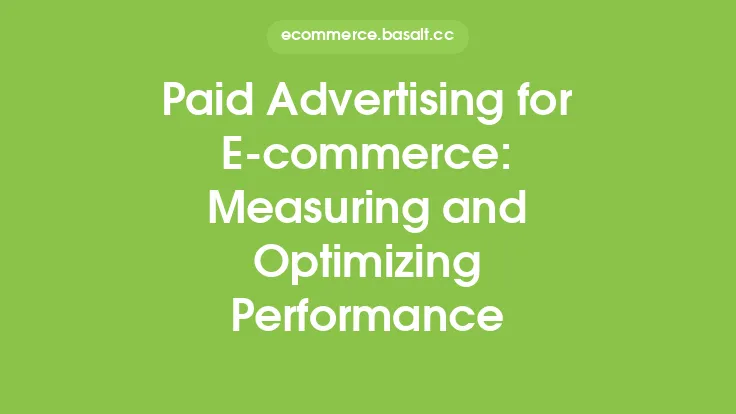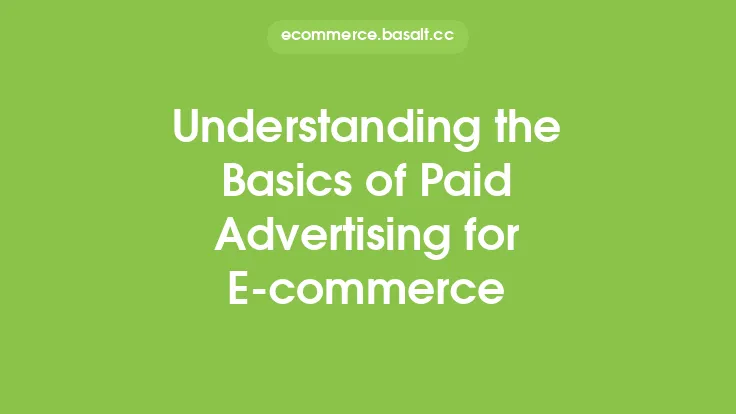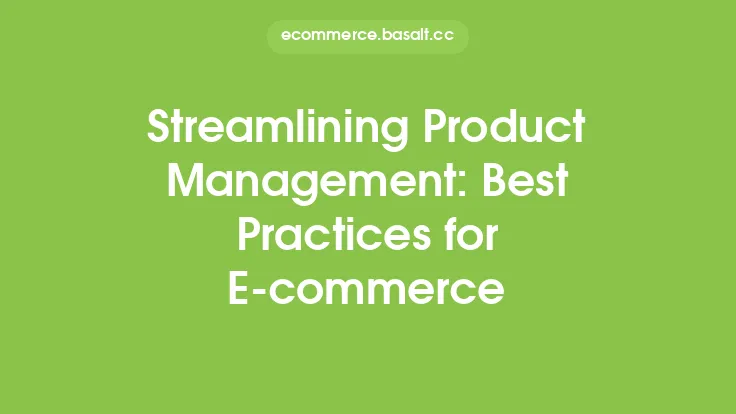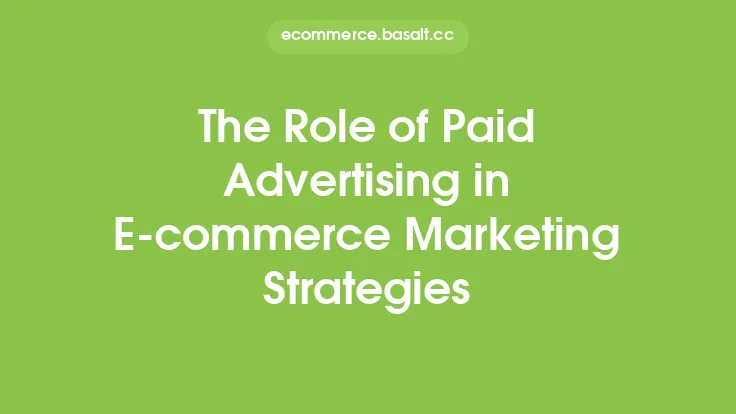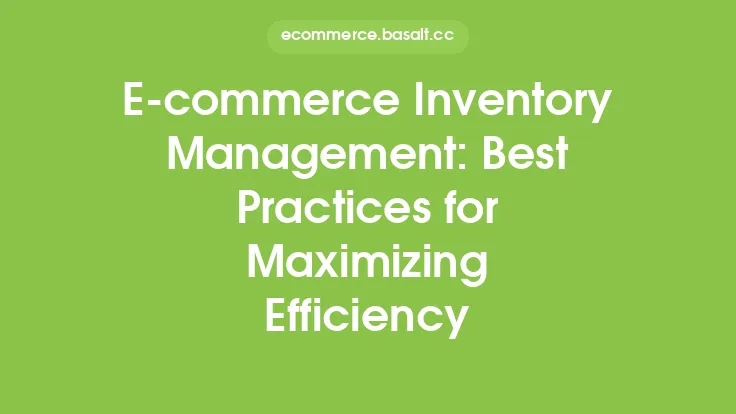When it comes to e-commerce paid advertising, success is not just about throwing money at various platforms and hoping for the best. It requires a strategic approach, careful planning, and ongoing optimization. In this article, we will delve into the best practices for e-commerce paid advertising, providing you with the insights and knowledge you need to create and execute effective campaigns that drive real results for your online business.
Understanding Your Target Audience
To create effective paid advertising campaigns, you need to have a deep understanding of your target audience. This includes demographics, interests, behaviors, and pain points. By knowing your audience inside and out, you can create ads that resonate with them, address their needs, and ultimately drive conversions. Conducting market research, analyzing customer data, and creating buyer personas are all essential steps in understanding your target audience. Additionally, leveraging tools like Google Analytics and social media insights can provide valuable information about your audience's online behavior, helping you to refine your targeting and ad creative.
Setting Clear Goals and Objectives
Before launching any paid advertising campaign, it's crucial to set clear goals and objectives. What do you want to achieve with your advertising efforts? Are you looking to drive traffic, generate leads, or boost sales? By defining your goals, you can create campaigns that are tailored to specific outcomes, ensuring that your advertising spend is aligned with your business objectives. It's also important to establish key performance indicators (KPIs) to measure the success of your campaigns, such as return on ad spend (ROAS), conversion rates, and cost per acquisition (CPA). By setting clear goals and objectives, you can ensure that your paid advertising efforts are focused, effective, and aligned with your overall business strategy.
Choosing the Right Advertising Channels
With so many advertising channels available, it can be overwhelming to decide which ones to use. The key is to choose channels that align with your target audience and business objectives. For example, if your target audience is active on social media, platforms like Facebook, Instagram, and LinkedIn may be effective channels for your advertising efforts. On the other hand, if you're looking to reach customers who are actively searching for products like yours, Google Ads may be a better fit. Additionally, consider channels like native advertising, influencer marketing, and email marketing, which can be effective for reaching specific audiences and driving conversions.
Creating Effective Ad Creative
Your ad creative is the first thing that potential customers will see, so it's essential to make a good impression. Effective ad creative should be visually appealing, attention-grabbing, and relevant to your target audience. This includes using high-quality images, videos, and copy that resonates with your audience and addresses their needs. It's also important to ensure that your ad creative is consistent with your brand identity and messaging, helping to build trust and recognition with potential customers. Additionally, consider using social proof, such as customer testimonials and reviews, to build credibility and drive conversions.
Optimizing and Refining Your Campaigns
Paid advertising is not a set-it-and-forget-it proposition. To achieve success, you need to continually optimize and refine your campaigns. This includes monitoring your KPIs, analyzing your data, and making adjustments to your ad creative, targeting, and bidding strategies. By doing so, you can identify areas for improvement, reduce waste, and increase the effectiveness of your advertising efforts. Additionally, consider using techniques like A/B testing and retargeting to refine your campaigns and drive better results.
Measuring and Analyzing Performance
To understand the effectiveness of your paid advertising campaigns, you need to measure and analyze your performance. This includes tracking your KPIs, such as ROAS, conversion rates, and CPA, and using tools like Google Analytics to monitor your website traffic and online behavior. By analyzing your data, you can identify areas for improvement, optimize your campaigns, and make data-driven decisions about your advertising spend. Additionally, consider using attribution modeling to understand the impact of your advertising efforts across multiple channels and touchpoints.
Staying Up-to-Date with Industry Trends and Best Practices
The paid advertising landscape is constantly evolving, with new platforms, features, and best practices emerging all the time. To stay ahead of the curve, it's essential to stay up-to-date with industry trends and best practices. This includes attending conferences and webinars, reading industry blogs and publications, and participating in online communities and forums. By doing so, you can stay informed about the latest developments and advancements in paid advertising, ensuring that your campaigns are always optimized for success.
Leveraging Technology and Automation
Paid advertising can be complex and time-consuming, especially when managing multiple campaigns across different channels. To streamline your efforts and improve efficiency, consider leveraging technology and automation. This includes using tools like ad management platforms, bid management software, and marketing automation systems to simplify and optimize your advertising efforts. By automating routine tasks and leveraging data-driven insights, you can free up more time to focus on strategy and creative, driving better results for your online business.
Building a Strong Foundation for Long-Term Success
Finally, to achieve long-term success with paid advertising, it's essential to build a strong foundation. This includes developing a deep understanding of your target audience, setting clear goals and objectives, and creating effective ad creative. It also involves continually optimizing and refining your campaigns, measuring and analyzing performance, and staying up-to-date with industry trends and best practices. By building a strong foundation and following best practices, you can create paid advertising campaigns that drive real results for your online business, helping you to achieve your goals and grow your revenue over time.
